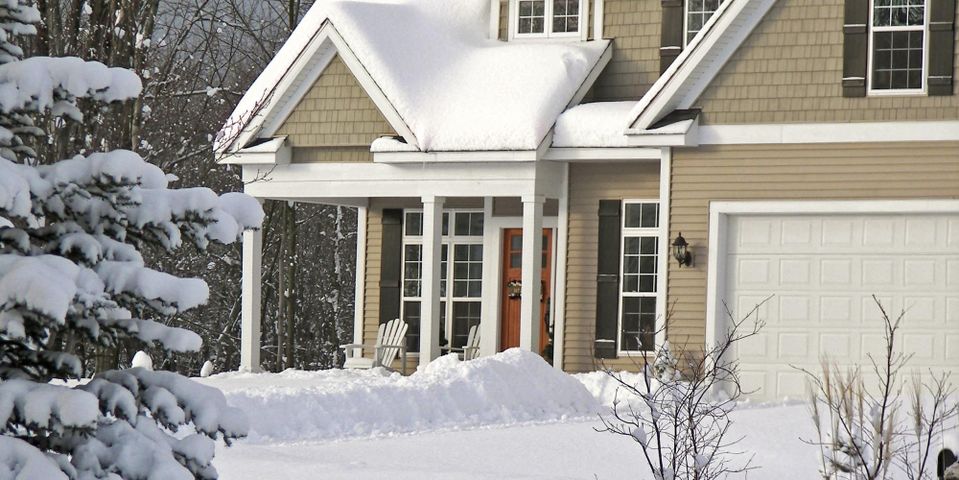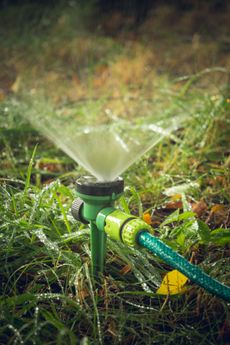What You Should Know About Sprinkler System Winterization

An irrigation system keeps your lawn healthy and green, but it does require some extra care during the colder months. By winterizing the sprinklers, you’ll preserve your irrigation setup and make it easy to run again in the spring. The guide below explains the importance of the process and when you should call a professional to winterize your sprinkler system.
Why Do You Need to Winterize Your System?
 If water is left in the sprinklers and hoses, it will freeze when the temperatures drop. When it does, it expands, which causes the pipes to strain and crack. If a pipe breaks, it can flood a portion of your yard, and the repairs can be difficult and expensive. Plus, to access the now broken pipes, a sprinkler technician will have to dig up a portion of your yard. Water can also freeze inside the sprinkler heads, creating cracks and need for a replacement.
If water is left in the sprinklers and hoses, it will freeze when the temperatures drop. When it does, it expands, which causes the pipes to strain and crack. If a pipe breaks, it can flood a portion of your yard, and the repairs can be difficult and expensive. Plus, to access the now broken pipes, a sprinkler technician will have to dig up a portion of your yard. Water can also freeze inside the sprinkler heads, creating cracks and need for a replacement.
When Should You Winterize Your Sprinkler System?
It’s usually best to start the winterization process between October and November, but it depends on the weather. Keep an eye on the forecast and schedule your winterization before temperatures are expected to hit a hard freeze, which is when they drop below 0 degrees Fahrenheit. Since many sprinkler system experts get booked around this time of year, it’s best to schedule your winterization sooner rather than later. If an unexpected hard freeze is forecast, and your pipes haven’t been winterized, temporarily insulate the system by covering any exposed pipes with towels, blankets, or rags.
For professional winterization services for your irrigation system, contact Metro Sod & Seeding in Lincoln, NE. For the past 25 years, they’ve served homeowners and businesses with lawn maintenance, irrigation system upkeep and installation, and sod placement. To learn more about their lawn care expertise, visit their website or call (402) 730-4421 to schedule an appointment.
About the Business
Have a question? Ask the experts!
Send your question

